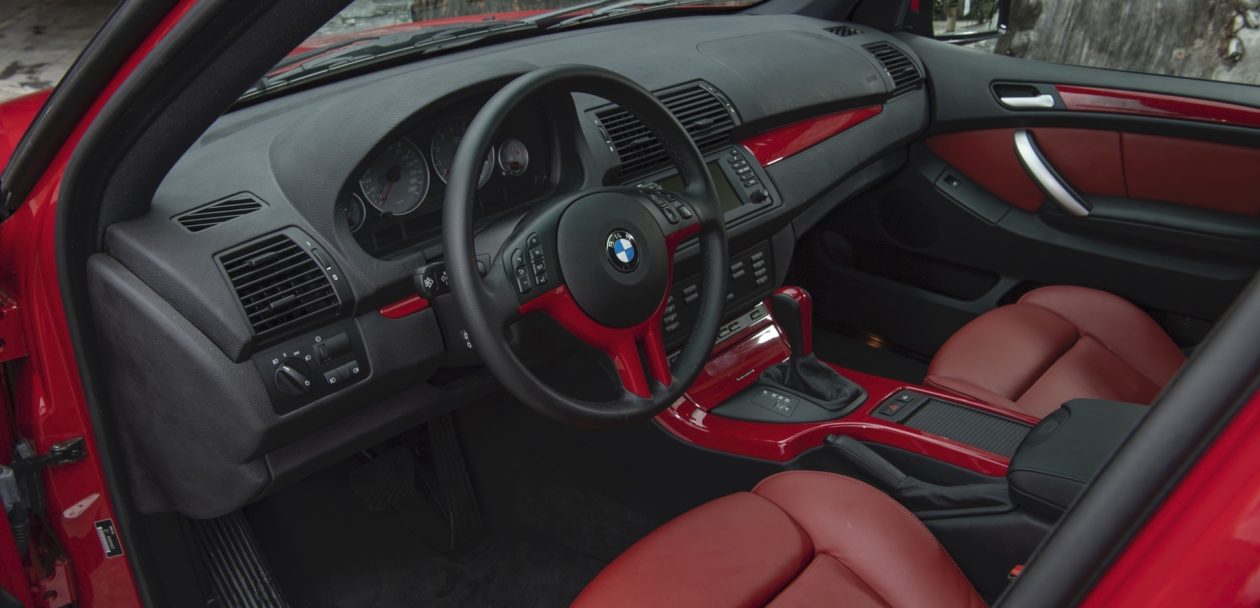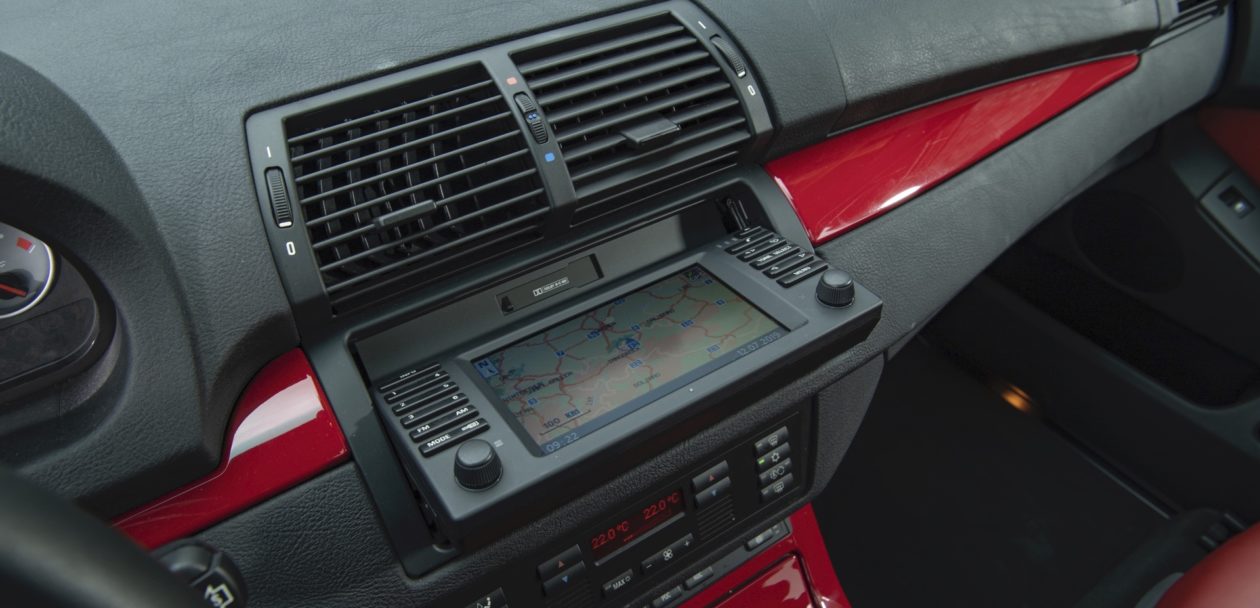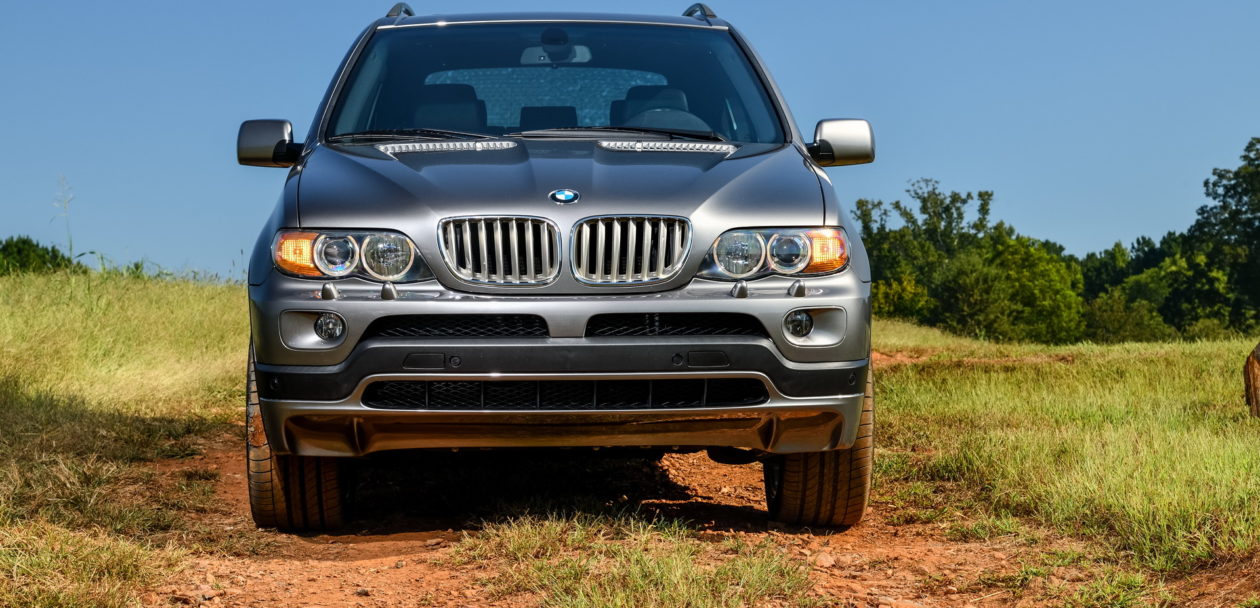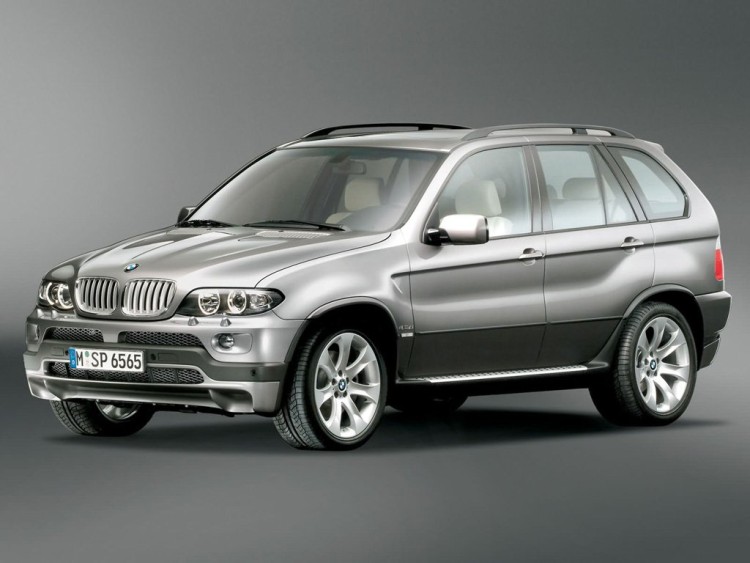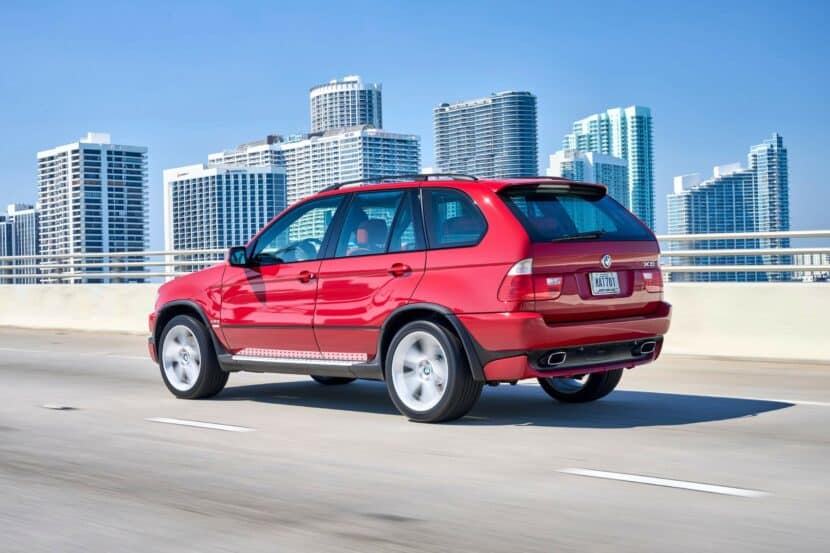The year was 1999. The SUV craze was in full swing, with behemoths like the Land Rover Range Rover and Mercedes-Benz ML dominating the landscape. And then, BMW, the brand synonymous with sleek sedans and sporty coupes, entered the fray with a roar. Not a whimper, mind you, but a full-throated Bavarian bellow in the form of the X5 (E53).
The BMW X5 (E53) is one of the few BMWs that changed the company forever. The first ever BMW crossover, or Sports Activity Coupe as the brand likes to call it, was unveiled exactly 25 years ago on January 4th, 1999 at the Detroit Motor Show. This wasn’t just another SUV. It was a statement. A declaration that luxury and performance could coexist in a tall, rugged package. It was a gamble, a departure from everything BMW had been known for. And it paid off spectacularly.
The E53 X5: A Quarter Century of Reshaping a Marque
The first-ever BMW X5 paved the way for the luxury crossover segment in Munich. Before the E53, the term “luxury SUV” was an oxymoron. The E53 X5 blended the comfort and amenities of a BMW sedan with the practicality and all-weather capability of an off-roader. The X5 was born out of a collaboration between BMW and Land Rover, which BMW owned at the time. The project was codenamed E53 and aimed to create a vehicle that combined the off-road capabilities of a Land Rover with the on-road performance and comfort of a BMW. The result was a vehicle that had a unibody chassis, all-wheel drive, independent suspension, and a range of powerful engines.
Injecting Performance into the Big Body
Despite its size, the E53 handled like a dream. Its responsive steering, powerful engines, and sharp suspension defied expectations. It proved that you could have a spacious family hauler that could also carve corners with aplomb. With every generation that followed, BMW refined the X5 recipe delivering even better performance of larger and heavier variants. Of course, we also got the ultimate SUV: The BMW X5 M.
Raising the Bar for Technology
The E53 X5 was a technological marvel. It boasted features like hill descent control, adaptive cruise control, and a navigation system that was cutting-edge at the time. The interior is quite appealing as well. Personally, I adore the cabins of BMWs from this period. They possess a delightful simplicity that is simultaneously functional and charming. These cabins exude a sense of durability and strength while also offering a luxurious and supple feel. In contrast to today’s emphasis on technology and gadgets, vehicles like the E53 BMW X5 were crafted during an era when automakers distinguished their luxury cars through exceptional build and material quality. The original X5 stands as a testament to this approach.
Legacy of Influence
The E53’s impact is still felt today. Every modern BMW SUV, from the X3 to the X7, owes a debt of gratitude to this pioneering vehicle. It proved that the brand could evolve, adapt, and thrive in new markets. However, the journey was not without its challenges. Many of the recently introduced crossovers, such as the BMW X7, initially faced resistance in certain markets before eventually gaining widespread acceptance.
A Success Story
The X5 (E53) was a huge success for BMW, both commercially and critically. It sold over 600,000 units worldwide and received numerous awards and accolades. It also spawned several variants, such as the X5 4.6is and the X5 Le Mans, which showcased the performance potential of the model. The E53 X5 wasn’t just a car; it was a cultural phenomenon. It changed the way we thought about SUVs, about luxury, and about BMW itself. Twenty-five years later, its roar still echoes, reminding us that sometimes, the greatest risks yield the most rewarding results.
And the story will continue in 2026 with a new model – the G65. The refreshed X5 will also bring a first-ever iX5 electric which will certainly leave its own mark in the BMW history books.
Thanks for the reminder, Bimmertoday!










